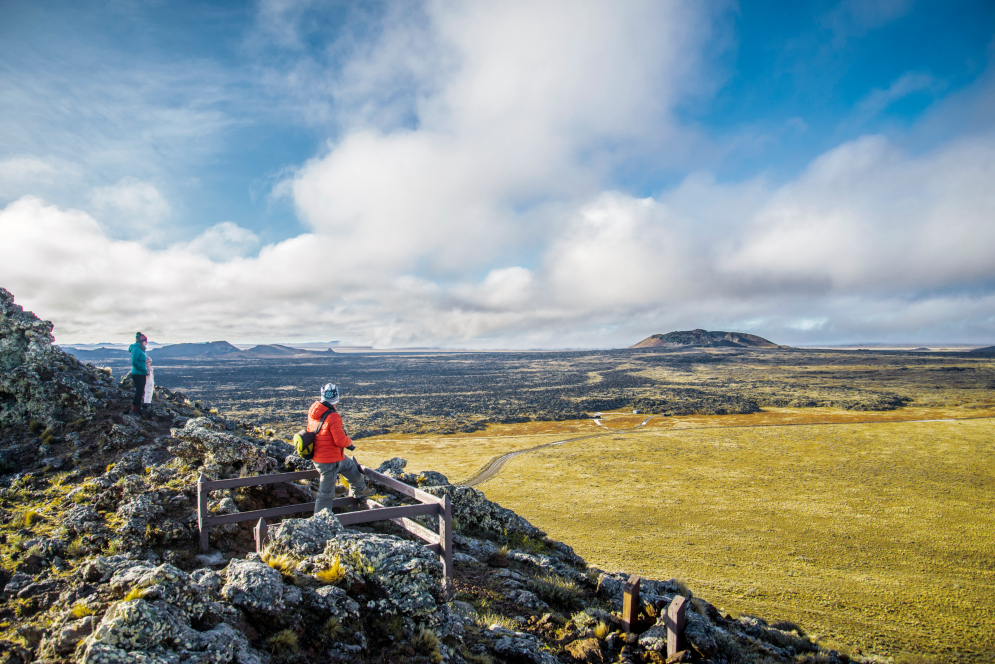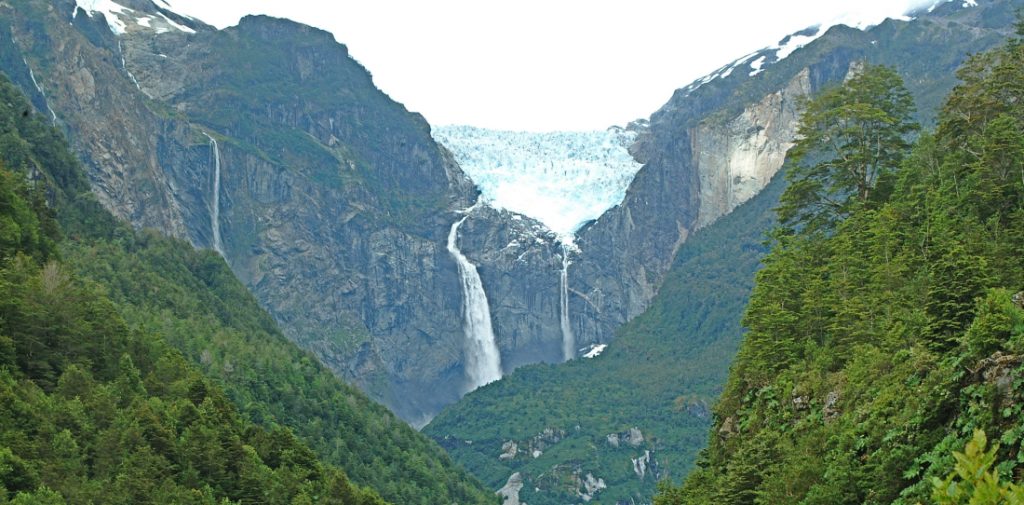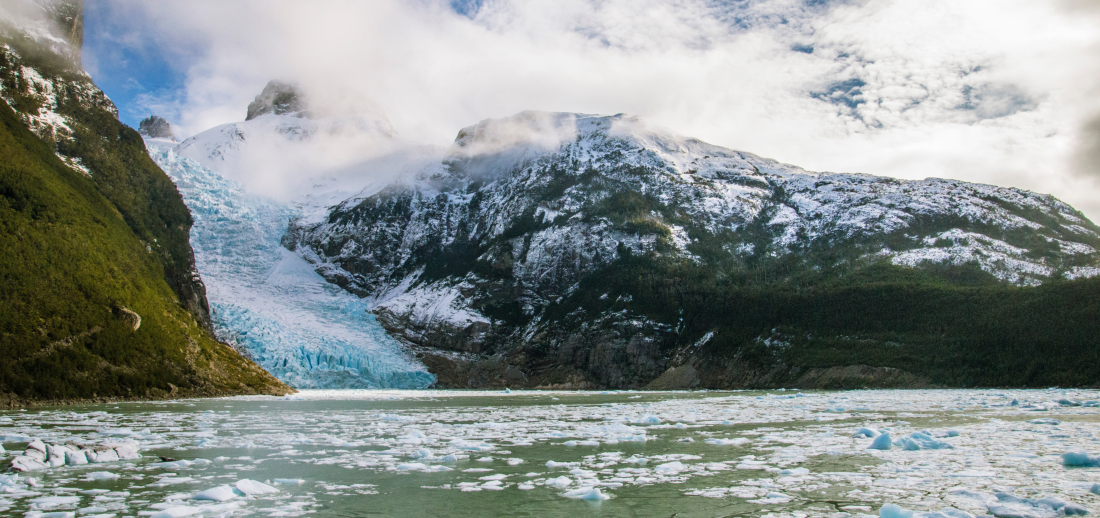The Roadmap to Patagonia’s Parks: Tompkins Legacy
By: Chile Travel - 28 August, 2021

The Roadmap to Patagonia’s Parks includes 17 national parks. It covers an area of 2,800 kilometers (1739 mi), 60 village communities and 11.5 million hectares of protected land inhabited by 140 bird species and 46 mammal species.
The 17 parks are located in the southern most region of Chile, between Puerto Montt and Cape Horn, which features the Carretera Austral (The Southern Way), the Patagonian Canals and the Route often referred to as ‘Fin del Mundo’, the End of the World.
What follows is a description of the most important aspects of this new destination in Chile that has the potential of becoming the most spectacular scenic route in the world.
Tompkins’ Legacy
Tompkins visualized the Roadmap to Patagonia’s Parks, 17 protected ecosystems with land owned by his foundation, adjacent to existing parks and that Tompkins turned into an opportunity for their development through tourism.
Douglas Tompkins was a businessman and ecologist from Ohio, United States, who was dedicated to conservation and environmental activism. He was the Founder of an important brand of outdoor equipment and clothing. Through the years, Tompkins took several trips to Chile and finally decided to move to Patagonia. He was a foreigner interested in promoting local culture who loved the rural lifestyle and acquired large extensions of land in the Patagonia.
However, being an ecologist, he believed that these large extensions of land should not be in private hands. His dream was to develop an infrastructure and eventually donate the project to the Chilean state to be maintained as protected national parks.
Today the Route of the Patagonian Parks is a new destination on the doorstep of the end of the world, with a mix of diverse ecosystems, enchanting landscapes, native and endemic flora and fauna, history and culture. It’s a new route that seeks to balance the protection of the environment with the economic development of its 60 communities through sustainable tourism.
Introducing the 17 destinations of The Roadmap to Patagonia’s Parks:

Parque Nacional Cerro Castillo
Alerce Andino National Park
This ecosystem is located south of Lake Chapo, categorized as a Biosphere Reserve in the Temperate Rain Forests of the Southern Andes Mountains.
Hornopirén National Park
Hornopirén Park, “snow oven” in the native Mapudungún language, is part of the World Biosphere Reserve of Valdivian Temperate Rainforest in Chile´s Southern Andes Mountains, and consists of nearly 9,000 hectares of alerce forests.
Douglas Tompkins Pumalín National Park
Ancestral lands of the Chono tribe, Pumalín National Park is located south of Puerto Montt. It has a temperate rain forest climate and is open year round.
Corcovado National Park
Corcovado is national park inhabited by locals and created thanks to a donation of more than 84,000 hectares by Tompkins’ Conservation Fund. It possesses large extensions of land yet to be explored.
Melimoyu National Park
This national park is not accessible by land, but can be reached by boat from different places and offers the opportunity to sight blue whales along the way that live in abundance along the coasts of Melimoyu.
Queulat National Park
Queulat National Park is located 165 kilometers from Coyhaique and is open year round. Visitors are attracted by its ever green forests, Patagonian Andes, fjords, rivers, and its famous Queulat Hanging Glacier that can be seen from the Carretera Austral.

Parque Nacional Queulat
Isla Magdalena National Park
Isla Magdalena is one of the largest islands south of Chiloé and is only accessible by boat. It’s the perfect refuge for diverse marine species such as penguins and sea lions.
Laguna San Rafael National Park
The landscape of San Rafael includes fjords, canals, islands and glaciers. It’s the principal port of entry to the Northern Snow Field and the second largest national park in Chile. It’s operational all year.
Cerro Castillo National Park
Cerro Castillo has some of the most outstanding trekking trails in Chile. Here it’s possible to catch a glimpse of the elusive huemul, a species of South Andean deer, as they attempt to hide themselves in the Lenga forests. This park is not to be missed as one travels along the Roads of southern Chile. Open year round.
Patagonia National Park
Open year round, Patagonia National Park houses one of the highest levels of biodiversity in the Aysen region. Here the Patagonian steepe can be observed in all its splendor, especially in the fall when the trees turn bright red contrasting with the intense blue of lakes like Cochrane and Jeinimeni.
Bernardo O´Higgins National Park
Bernardo O’Higgins National Park is the largest in Chile and one of the largest in the world. The 49 glaciers in the Southern Ice Field is the third largest continental ice mass on the planet. Open from October through April.

Parque Nacional Bernardo O’Higgins
Kawésqar National Park
Kawésqar is the second largest park in Chile and one of the largest in the world. Its territory is a virgin ecosystem that includes the mountain range, glaciers, wet lands, fjords and a large part of the archipelagos of the Provinces of Magallanes and Última Esperanza. Open from October through April.
Torres del Paine National Park
This is one of the most visited parks in Chile. It’s very attractive for those who enjoy trekking and climbing. The “O” and “W” circuits offer landscapes made up of glaciers, forests and grasslands.

Parque Nacional Torres del Paine
Pali-Aike National Park
This is the ancestral land of the Tehuelche tribe. The park is located 196 kilometers from Punta Arenas. It has outstanding rock formations, caves, volcanic cones and craters. It’s a wondrous free range for guanacos, foxes and ñandú birds (rheas).
Alberto de Agostini National Park
This is the third largest park in Chile and is located 800 nautical miles south of Punta Arenas in the area of Navarino. It was declared a Biosphere Reserve by Unesco since it is considered to be one of the most pristine regions of the world. Open year round.
Yendegaia National Park
This land was once home to the Selknam and Yámana tribes and now this Tierra del Fuego Park is a Biosphere Reserve. It has not been intervened with installations of any kind, but one can walk the trails of the private Karukinka park next to Yendegaia, or cross the Strait of Magellan from Tres Puentes to Porvenir or by Punta Delgada to Cerro Sombrero.
Cabo de Hornos National Park
This is the only place in the world where the waters of the Pacific and Atlantic meet. Cabo de Hornos (Cape Horn) is a famous geographic place with hundreds of stories of brave sailors who challenged its waters and wild currents. It was declared a Biosphere Reserve by Unesco and has a wild area that includes land and marine ecosystems. Open from October through April.
Without a doubt, Tompkins´ dream has come true. The Route of Patagonian Parks is a new travel destination that will conquer the hearts of world travellers with its pristine landscapes, fauna, glaciers and grass lands. It offers an opportunity for development and of pride for the communities of southern Chile, their landscapes, culture and history.


















